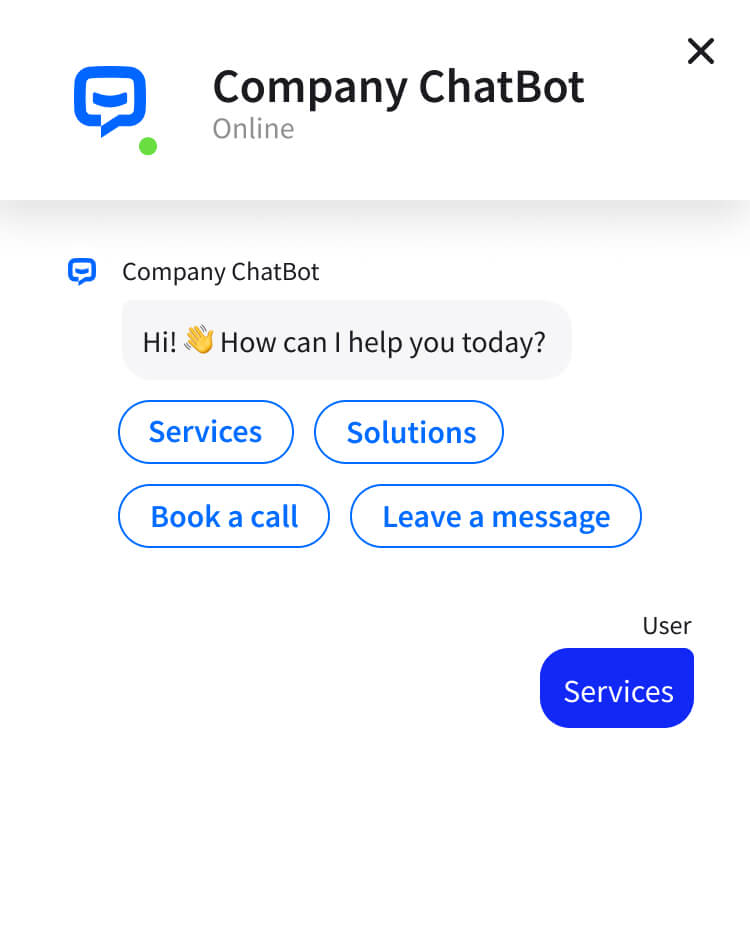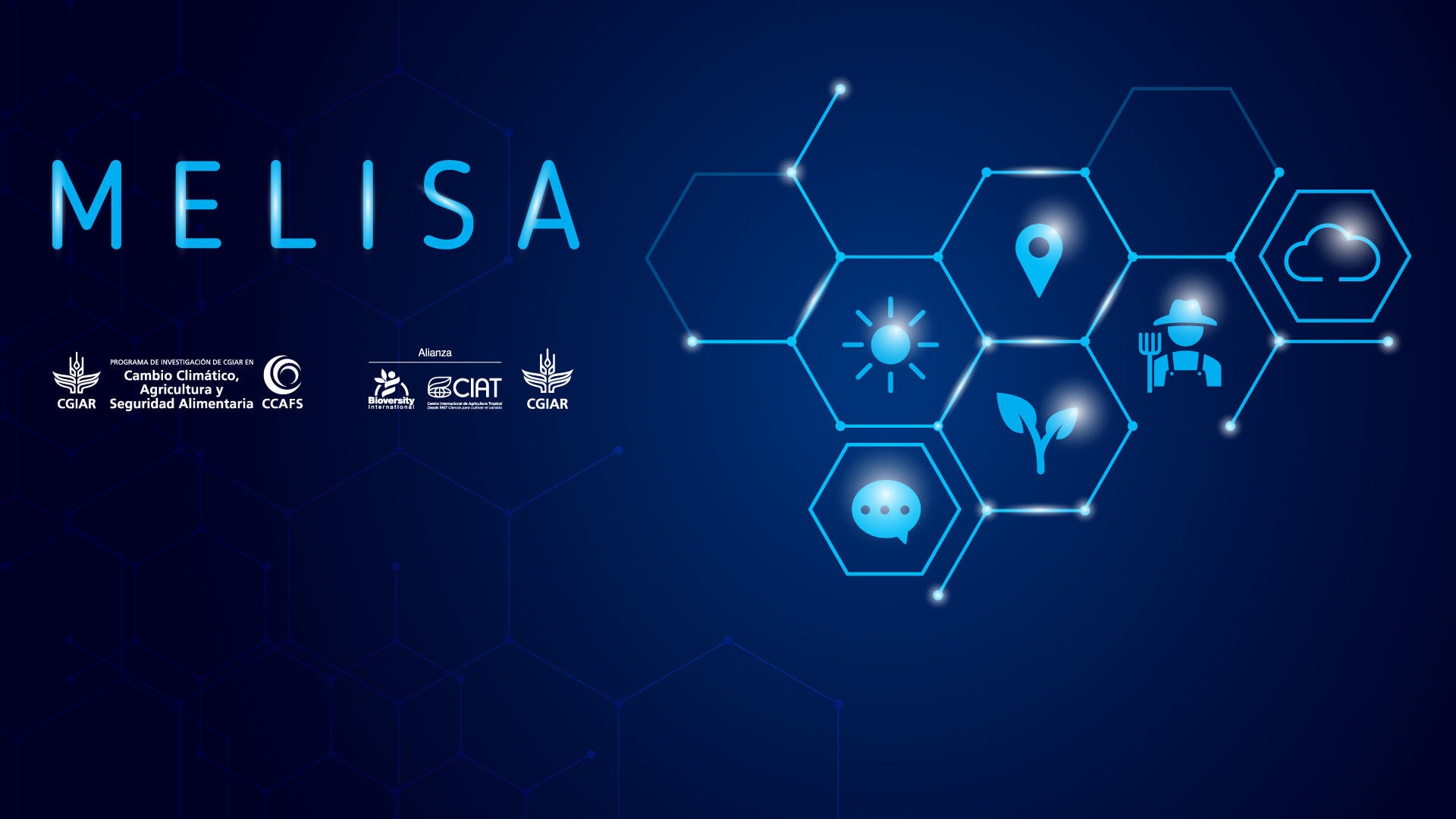
If you're interested in the development of technology, a history of technology timeline is a great place to start. These timelines can be used to trace everything, from the earliest tools and coin-operated vending systems to the early days of computers. This fascinating timeline covers everything from hammers to chisels to computers, television, and more. However, before you dive into technology's history, take a look at the articles and A-Z index.
Early tools
Early humans began making simple stones tools in eastern Africa about 2.6 million year ago. These tools could have been made from sticks and natural stones. This technology has been called "Mode 1." This technology is known as "Mode 1". Oldowan tools were made by striking a round lava rock cobble stone using a Hammerstone and then scraping the core of the rock fragments. These rock fragments were used to create a variety tools including cores, scrapers, chisels and blades.

Computers from the beginning
The evolution of computers has taken place at several points. Computers were originally created for defense and scientific research. As technology developed, the market for consumer computers opened up. UNIVAC was the first commercially-available personal computer. It was introduced to the U.S. Census Bureau back in 1959. It was also the first computer that featured a color display. The Apple II became the most-sold trinity computing machine in history, with more than 4,000,000 units sold.
Television programming in the beginning
Scientists began to work on transmitting moving images through the air in the 1880s. One of the earliest efforts involved the chemical element selenium. Selenium can be modified to convert moving images into electricity by altering its electrical conductivity. Unfortunately, due to its slow response time, selenium could not transmit moving images. Television was created, and the early years were a time of great technology.
Coin-operated early vending machines
Hero of Alexandria was the engineer and mathematician who invented the first coin-operated vending machine. He did this in 215 BC. It allowed users to drop their coins into a container attached to a lever that could be used to dispense holy water. The lever was pulled by the coin's weight, which released the water flow. This technology was only used in limited quantities until the introduction of brass-made vending machines in England in 16th century. Richard Carlile was able to sell banned books using a vending device in the 17th Century.
The first fax machine
The earliest fax machine was a crude machine, devoid of many of the features that modern fax machines offer. It was made by Alexander Bain who used elements from an electronic clock to create a facsimile system. The device was capable to scan line-by–line messages. Japanese companies were the first to enter the US market. In 1864, the US market had 30,000 to 300,000. Many people feared that fax technology would become obsolete with the growth of the internet, but fax technology continues to be used by Fortune 500 companies, the healthcare industry, and various organizations today.

Touch screen in the early stages
The early touch screen was developed in the 1970s by engineers at CERN. CERN engineers developed the first prototype of the touch screen using electrodes that changed resistance as a finger touched it. These changes were used to make a machine decide. Touchscreens were not commercially available until the 1980s. The HP-150 touch-screen computer had a nine-inch CRT LCD screen with infrared detections.
FAQ
Which industries are using AI most?
The automotive industry was one of the first to embrace AI. BMW AG uses AI, Ford Motor Company uses AI, and General Motors employs AI to power its autonomous car fleet.
Other AI industries include insurance, banking, healthcare, retail and telecommunications.
Which are some examples for AI applications?
AI can be applied in many areas such as finance, healthcare manufacturing, transportation, energy and education. Here are just a few examples:
-
Finance – AI is already helping banks detect fraud. AI can detect suspicious activity in millions of transactions each day by scanning them.
-
Healthcare – AI is used in healthcare to detect cancerous cells and recommend treatment options.
-
Manufacturing - AI is used to increase efficiency in factories and reduce costs.
-
Transportation - Self driving cars have been successfully tested in California. They are currently being tested all over the world.
-
Energy - AI is being used by utilities to monitor power usage patterns.
-
Education – AI is being used to educate. Students can use their smartphones to interact with robots.
-
Government – Artificial intelligence is being used within the government to track terrorists and criminals.
-
Law Enforcement - AI is used in police investigations. Detectives can search databases containing thousands of hours of CCTV footage.
-
Defense - AI is being used both offensively and defensively. An AI system can be used to hack into enemy systems. For defense purposes, AI systems can be used for cyber security to protect military bases.
How does AI work?
An artificial neural network consists of many simple processors named neurons. Each neuron receives inputs from other neurons and processes them using mathematical operations.
Neurons are organized in layers. Each layer has a unique function. The first layer gets raw data such as images, sounds, etc. These are then passed on to the next layer which further processes them. Finally, the last layer produces an output.
Each neuron also has a weighting number. This value gets multiplied by new input and then added to the sum weighted of all previous values. The neuron will fire if the result is higher than zero. It sends a signal up the line, telling the next Neuron what to do.
This process repeats until the end of the network, where the final results are produced.
Where did AI get its start?
Artificial intelligence began in 1950 when Alan Turing suggested a test for intelligent machines. He believed that a machine would be intelligent if it could fool someone into believing they were communicating with another human.
John McCarthy took the idea up and wrote an essay entitled "Can Machines think?" in 1956. He described the problems facing AI researchers in this book and suggested possible solutions.
Statistics
- According to the company's website, more than 800 financial firms use AlphaSense, including some Fortune 500 corporations. (builtin.com)
- In 2019, AI adoption among large companies increased by 47% compared to 2018, according to the latest Artificial IntelligenceIndex report. (marsner.com)
- By using BrainBox AI, commercial buildings can reduce total energy costs by 25% and improves occupant comfort by 60%. (analyticsinsight.net)
- In the first half of 2017, the company discovered and banned 300,000 terrorist-linked accounts, 95 percent of which were found by non-human, artificially intelligent machines. (builtin.com)
- While all of it is still what seems like a far way off, the future of this technology presents a Catch-22, able to solve the world's problems and likely to power all the A.I. systems on earth, but also incredibly dangerous in the wrong hands. (forbes.com)
External Links
How To
How to set Cortana up daily briefing
Cortana in Windows 10 is a digital assistant. It helps users quickly find information, get answers and complete tasks across all their devices.
A daily briefing can be set up to help you make your life easier and provide useful information at all times. The information can include news, weather forecasts or stock prices. Traffic reports and reminders are all acceptable. You can choose the information you wish and how often.
Press Win + I to access Cortana. Scroll down to the bottom until you find the option to disable or enable the daily briefing feature.
Here's how you can customize the daily briefing feature if you have enabled it.
1. Open Cortana.
2. Scroll down to the section "My Day".
3. Click the arrow next to "Customize My Day."
4. You can choose which type of information that you wish to receive every day.
5. Change the frequency of the updates.
6. Add or remove items from your shopping list.
7. You can save the changes.
8. Close the app